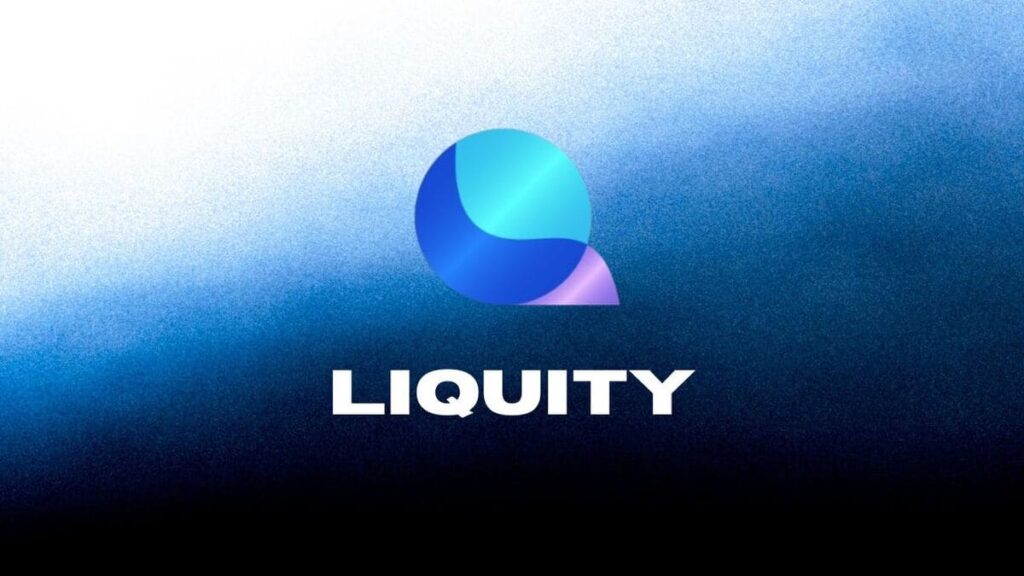TL;DR
- Liquity is preparing to launch a redesigned protocol by the end of 2024 to address the limitations of its current offering.
- The new protocol will include innovative features such as support for Liquid Staking Tokens (LST) as collateral, dynamic interest rates, and a revamped liquidation system.
- These new functionalities are expected to enhance the user experience, attract more developers and protocols, and reduce liquidation risk by increasing interest rates and Stability Pool revenues.
Liquity, the project behind the decentralized stablecoin LUSD, is preparing to launch a redesigned protocol by the end of 2024. This announcement comes with the intention to address the limitations encountered in its current offering over the past years.
The new Liquity protocol will introduce a series of innovative features aimed at improving its functionality and competitiveness in the market. Among these new features is support for Liquid Staking Tokens (LST) as collateral, as well as new mechanisms designed to maintain LUSD parity with the dollar. Additionally, the protocol will offer dynamic interest rates, allowing users to set them according to their preferences. A revamped liquidation system will also be implemented, prioritizing forced redemptions for users paying lower fees.
Introducing the next evolution of CDPs 🏦
For nearly three years, Liquity has stood as a cornerstone within DeFi. With over $4.5 billion in loans issued, and its status as the most forked stablecoin protocol, its impact is undeniable.
We share a steadfast commitment to the…
— Liquity (@LiquityProtocol) February 15, 2024
Liquity Aims to Gain Hierarchy and Climb Steps in the Market
According to the protocol, the introduction of these new functionalities will not only improve the user experience but also open new doors for developers and protocols. By allowing users to set higher interest rates, Liquity aims to reduce liquidation risk in times of significant selling pressure. These higher fee payments will directly contribute to Stability Pool revenues, thereby boosting demand for the stablecoin and helping to maintain its parity with the dollar, thus reducing redemption risk.
However, Liquity has faced significant challenges in recent years. Despite its commitment to decentralization, the protocol has struggled to adapt to the changing macroeconomic landscape and has seen its market share decline. The introduction of competitors supporting liquid staking tokens has also put pressure on its market position.
The launch of the new protocol represents a significant step in its evolution. This update is expected to not only improve its competitive position in the decentralized finance (DeFi) market but also reinforce its commitment to innovation and technical excellence.











